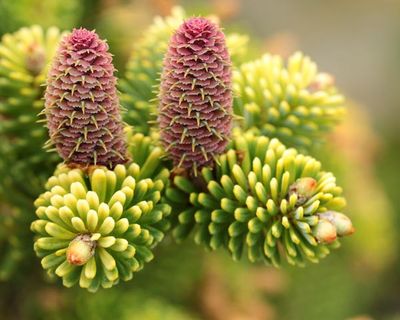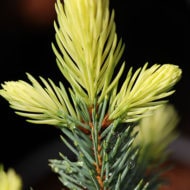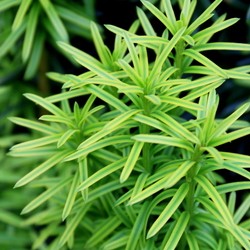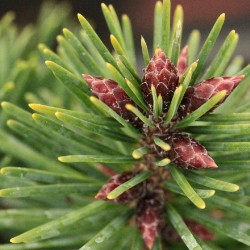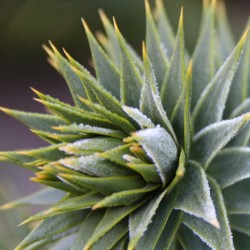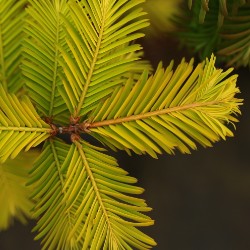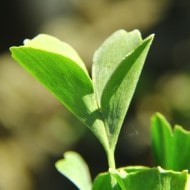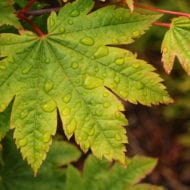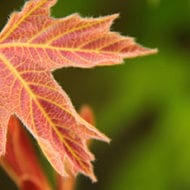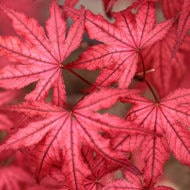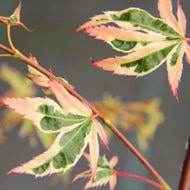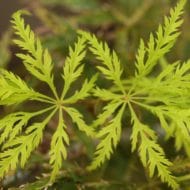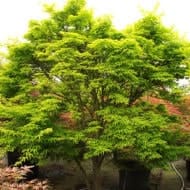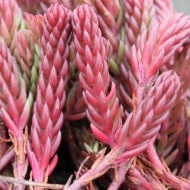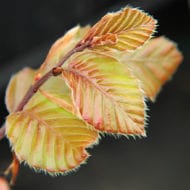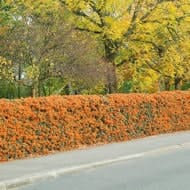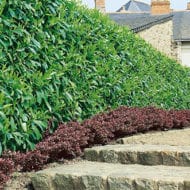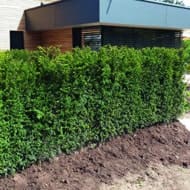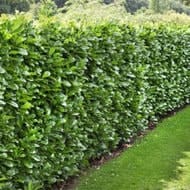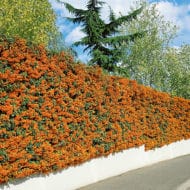Beech
European Beeches (Fagus sylvatica) are much-loved trees for landscape use. They were brought over to America by colonists in the mid-1700s, and they gained popularity over their close cousins, the American Beeches (Fagus grandifolia), due to their comparatively faster growth and better ease of transplanting. In Europe, they were used for centuries in parks and gardens as shade trees, entrance or street trees, and hedges, and they have found the same uses here in the United States. They are commonly seen in large landscapes, and the narrow columnar and weeping varieties have become popular for garden-sized landscapes and smaller spaces. Since beech branches grow low to the ground on the trunk, they can be sheared and trained into an attractive, dense hedge. Their bright green leaves turn to a beautiful copper or yellow-gold color in the fall, and they have the advantage of holding onto their leaves through the winter, which provides year-round interest and privacy. The smooth, gray bark is appealing, and the density of the branches adds to its effectiveness as a hedge. These trees thrive in a variety of well-draining soils, but are not tolerant of wet, compressed soil or urban pollution. In the wild, European beeches can grow to 160’ tall, but in a landscape setting they can easily maintained as 12’ hedges.
Showing all 5 results


